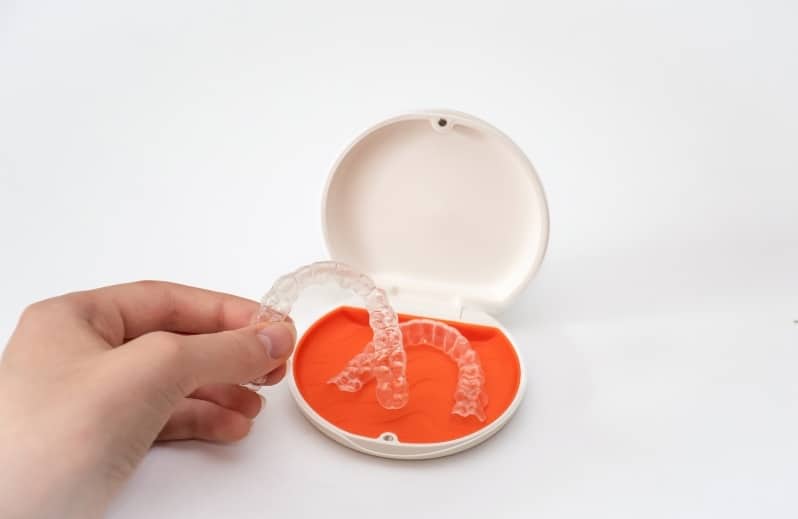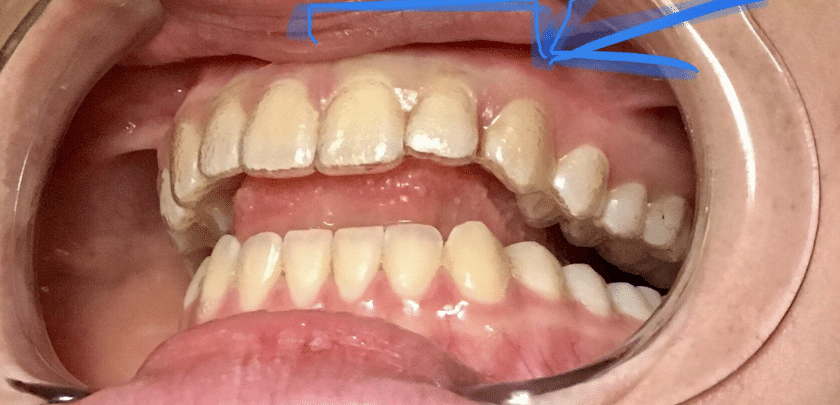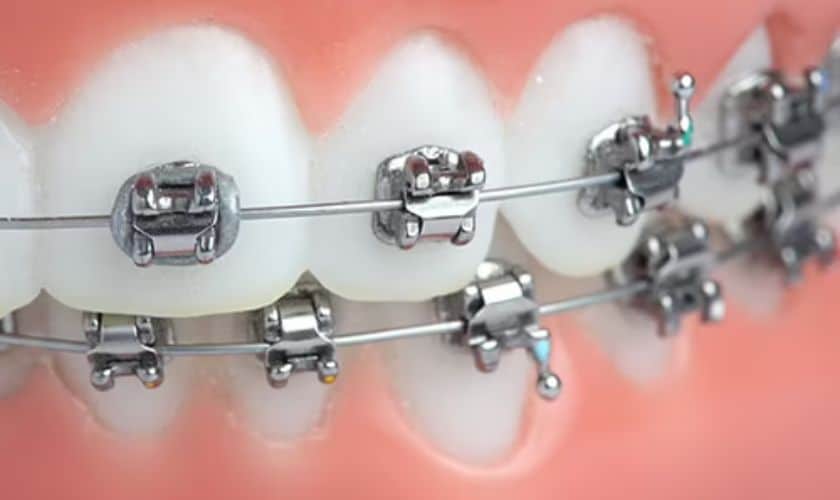
January 22, 2024
Are you tired of hiding your smile because of crooked or misaligned teeth? Conventional metal braces might be the solution you’ve been searching for! These age-old dental devices have been helping people achieve straighter smiles for decades. In this blog post, we’ll explore what conventional metal braces are, how they work, their pros and cons, and tips for caring for them. We’ll also discuss alternative options if traditional braces aren’t quite your cup of tea. So, let’s dive in and discover everything you need to know about conventional metal braces!
How Do Conventional Metal Braces Work?
Conventional metal braces have been the go-to orthodontic treatment for decades, and they are highly effective in straightening teeth and correcting bite issues. But how exactly do these seemingly simple brackets and wires work their magic? Let’s take a closer look.
The orthodontist will carefully examine your teeth to determine if you’re a suitable candidate for metal braces. Once it’s confirmed, the process begins with X-rays, photographs, and impressions of your teeth. This helps create a personalized treatment plan tailored to your specific needs.
Next comes the application of the braces themselves. The orthodontist will bond small metal brackets to each tooth using dental cement. These brackets act as anchors for the wires that will gently guide your teeth into proper alignment over time.
The archwire is then threaded through each bracket and secured with elastic bands or tiny rubber rings called ligatures. Periodically during treatment, you’ll visit your orthodontist to have these wires adjusted or changed altogether to continue moving your teeth gradually into place.
In addition to just straightening teeth, conventional metal braces also correct bite problems by applying targeted forces on different parts of the jawbone. The pressure exerted by the archwires helps shift misaligned jaws into optimal positions.
It’s important to note that while wearing conventional metal braces, certain foods should be avoided or eaten with caution as they can damage or dislodge components of the appliance. Regular brushing and flossing are also crucial for maintaining oral hygiene throughout treatment.
Pros And Cons Of Conventional Metal Braces
Metal braces have been a popular choice for orthodontic treatment for many years. They come with their own set of pros and cons, which we will explore in this section.
One of the biggest advantages of conventional metal braces is their effectiveness. These braces are highly efficient in correcting various dental issues such as crooked teeth, overcrowding, and misalignment. They can achieve significant results within a relatively short period.
Another advantage is their durability. Metal brackets used in these braces are sturdy and resistant to wear and tear. This means they can withstand the pressure exerted during treatment without easily breaking or causing discomfort.
Furthermore, metal braces are often more affordable compared to other orthodontic options, such as ceramic or lingual braces. This makes them a cost-effective choice for individuals seeking orthodontic treatment on a budget.
On the downside, one common concern associated with metal braces is their appearance. The visible metal brackets can be considered unattractive by some people, especially adults, who may feel self-conscious about wearing them.
Maintenance can also be challenging with metal braces. Regular brushing and flossing require extra effort due to the presence of wires and brackets that can trap food particles easily.
Additionally, some patients may experience discomfort or irritation from the friction between the brackets and oral tissues like gums or cheeks while adjusting to wearing traditional metal braces.
While conventional metal braces offer effective correction at an affordable price point, they do have drawbacks related to aesthetics and maintenance requirements. It’s important to weigh these pros and cons before deciding on whether they are the right option for your orthodontic needs.
The Process Of Getting Conventional Metal Braces
The process of getting conventional metal braces is an important step towards achieving a straight, beautiful smile. If you’re considering this orthodontic treatment, it’s helpful to understand what the process entails.
First, your orthodontist will conduct a thorough examination of your teeth and jaw alignment. This may involve taking X-rays and molds of your teeth. These diagnostic tools help your orthodontist create a tailored treatment plan for you.
Once the treatment plan is established, the next step is to have the braces attached to your teeth. This involves cleaning and drying your teeth before applying an adhesive that holds each bracket in place. The brackets are then connected with archwires using elastic bands or other methods.
After the braces are properly set up, adjustments will need to be made periodically throughout the treatment period. Your orthodontist will tighten or replace wires as needed to shift your teeth into their desired positions gradually.
It’s important to note that wearing conventional metal braces requires commitment and patience. You’ll need regular appointments with your orthodontist for check-ups and adjustments.
While wearing braces, proper oral hygiene becomes even more crucial than usual. It’s essential to brush after every meal or snack and floss diligently to prevent plaque buildup around the brackets and wires.
In addition, certain foods should be avoided during brace-wearing time as they can damage or dislodge the brackets or wires. Sticky candies, hard nuts, popcorn kernels – these treats should be temporarily off-limits until after you complete your treatment.
Remember that everyone’s journey with braces is unique – some people may require shorter treatments while others might wear them for a longer duration depending on individual circumstances.
Getting conventional metal braces can lead to remarkable results in correcting misaligned bites and crooked smiles. By following through with regular appointments and maintaining good oral hygiene habits throughout this process, you’ll pave the way towards achieving the confident smile you’ve always wanted!
Tips For Caring For Your Conventional Metal Braces
1. Brush and floss regularly: It is crucial to maintain good oral hygiene while wearing conventional metal braces. Make sure to brush your teeth at least twice a day, using a soft-bristle toothbrush and fluoride toothpaste. Be gentle around the brackets and wires, making sure to clean each tooth thoroughly. Flossing should also be a part of your daily routine, using special orthodontic floss threaders or interdental brushes to reach between the braces.
2. Watch what you eat: Certain foods can damage or dislodge your braces, so it’s important to avoid them during treatment. Sticky candies, chewy snacks like caramel or taffy, and crunchy foods that require excessive biting force should be avoided. Opt for softer options like yogurt, mashed potatoes, soups, and smoothies instead.
3. Use wax as needed: The brackets and wires of conventional metal braces may occasionally irritate your mouth’s delicate tissues. If you experience any discomfort or sore spots from rubbing against the braces, dental wax can provide temporary relief by creating a barrier between the metal components and your gums.
4. Attend regular check-ups: Regular visits to your orthodontist are essential throughout your orthodontic treatment journey with conventional metal braces. These appointments allow adjustments to be made as necessary and ensure that everything is progressing according to plan.
5. Protect your braces during physical activities: If you participate in sports or other physical activities where there is a risk of injury to your mouth or face, it is recommended to wear a mouthguard specifically designed for people with braces.
6. Carry an oral hygiene kit on-the-go: To maintain good oral hygiene even when you’re away from home – pack an oral hygiene kit containing a travel-sized toothbrush, fluoride toothpaste, floss threaders/interdental brushes, and wax in case of any discomfort or emergencies.
Alternatives To Conventional Metal Braces
- If you’re considering orthodontic treatment but aren’t sold on the idea of sporting a mouthful of metal, fear not! Several alternatives to conventional metal braces can help straighten your teeth and give you the smile you’ve always dreamed of.
- One popular alternative is ceramic braces. These work in a similar way to traditional braces but use clear or tooth-colored brackets and wires, making them less noticeable. Another option is lingual braces, which are placed on the backside of the teeth rather than the front. This makes them virtually invisible when you smile.
- Invisalign is another increasingly popular choice for those seeking a more discreet solution. This system uses a series of clear aligners that gradually shift your teeth into place. The best part? They can be easily removed for eating and brushing!
- For those looking for an even faster treatment option, accelerated orthodontics may be worth exploring. This technique involves using various methods to speed up tooth movement, reducing treatment time significantly.
- The right alternative for you will depend on your specific needs and preferences. Consulting with an orthodontist will help determine which option is best suited to achieve your desired results.
Conventional metal braces have been a popular choice for straightening teeth and correcting misalignments for many years. They work by applying gentle pressure to shift the position of the teeth over time gradually. While they may not be the most aesthetically pleasing option, they are effective and affordable.
One of the biggest advantages of conventional metal braces is their ability to address severe dental issues that other treatments may not be able to fix. They can correct complex cases such as overcrowding, gaps between teeth, crookedness, and bite problems.
However, there are some downsides to consider. The visible presence of metal brackets and wires on your teeth can make some people self-conscious about their appearance during treatment. Additionally, traditional braces require regular adjustments and maintenance appointments, which can sometimes cause discomfort or soreness.
If you decide that conventional metal braces are right for you, it’s important to take proper care of them. Follow any instructions provided by your orthodontist regarding oral hygiene practices, like brushing after meals and avoiding certain foods that could damage or get stuck in the brackets.
While traditional metal braces have long been the go-to choice for orthodontic treatment, there are now alternative options available as well. Clear aligners such as Invisalign offer a more discreet way to straighten your teeth without drawing attention to your smile during treatment.
Choosing whether or not to get conventional metal braces is a personal decision that should be made in consultation with an experienced orthodontist who can assess your individual needs and goals.
Remember that achieving a beautiful smile takes time and patience, regardless of what method you choose. So embrace the process, knowing that in the end, it will all be worth it when you reveal your new confident smile!
